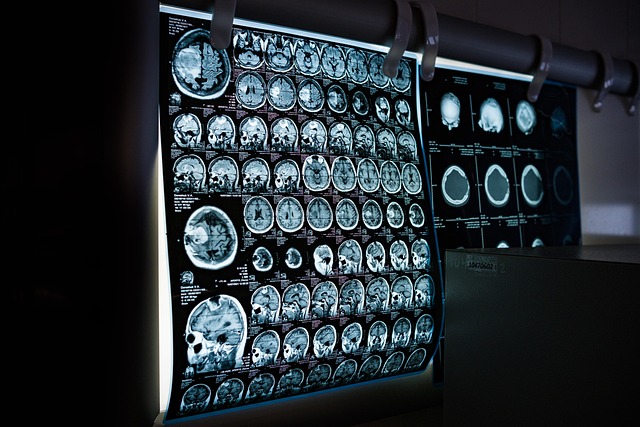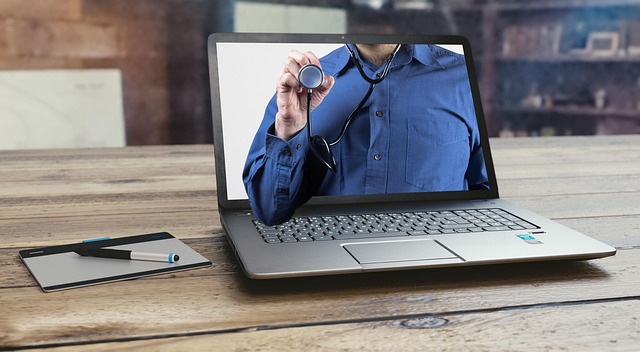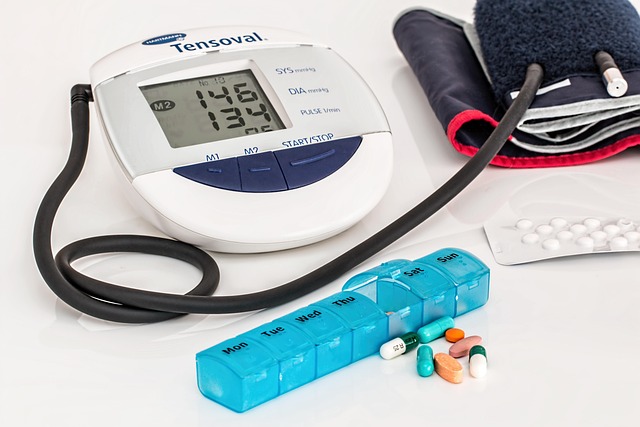Revolutionizing Healthcare: Exploring the Latest Medical Imaging Techniques in Telemedicine
In recent years, the landscape of healthcare has undergone a dramatic transformation, driven largely by technological advancements. Among these innovations, medical imaging techniques stand out as a cornerstone of modern healthcare, especially within the realm of telemedicine. The ability to diagnose and monitor conditions remotely is not just a convenience; it’s a critical lifeline for countless individuals.
Imagine a world where a patient can have a top-notch consultation with a specialist located halfway across the globe without ever leaving the comfort of their home. This is not just a fantasy but a reality enhanced by the latest technological breakthroughs in medical imaging. In this digital age, healthcare innovations have made it possible to transmit high-resolution images to doctors instantly, ensuring timely and accurate diagnoses.
One of the standout medical imaging techniques being utilized in telemedicine is teleradiology. This method allows radiologists to examine and interpret medical images such as X-rays, MRIs, and CT scans remotely. By facilitating immediate access to radiology services, teleradiology not only speeds up the diagnostic process but also improves patient outcomes. For example, rural patients, who may have limited access to specialized care, can receive expert evaluations promptly, effectively bridging the gap in healthcare disparities.
Another promising advancement is the use of ultrasound technology in telemedicine. Traditional ultrasounds often require the physical presence of both the technician and the patient, but advancements now allow for remote imaging. With handheld ultrasound devices, clinicians can perform imaging procedures in remote locations or at home, and the results can be shared in real-time with specialists. This innovation is particularly transformative for obstetric care, where expectant mothers can receive monitoring without the stress of frequent hospital visits.
Furthermore, the integration of artificial intelligence (AI) into medical imaging is revolutionizing how conditions are diagnosed and treated. AI algorithms can analyze images more rapidly than a human can, identifying potential issues that might be missed otherwise. This not only aids in accurate diagnostics but also allows healthcare providers to focus on the patient’s overall well-being rather than being bogged down by administrative tasks. By elevating the role of clinicians, we can ensure that patient-centric care remains the primary focus.
As we delve deeper into the future of telemedicine, the possibilities are truly endless. The incorporation of augmented reality (AR) and virtual reality (VR) into medical imaging techniques is but one example of how these technologies can create immersive, interactive environments that enhance patient understanding and educational experiences. Imagine a surgeon using AR during a procedure to visualize 3D models of a patient’s anatomy, significantly increasing the precision of their work.
Ultimately, as healthcare innovations continue to unfold, the key lies in embracing these medical imaging techniques to foster a more accessible, efficient, and compassionate healthcare system. Harnessing the power of telemedicine has the potential to transform not only how we approach healthcare but also the very experiences patients have throughout their treatment journeys. The future of healthcare is here, and it’s more connected than ever.




